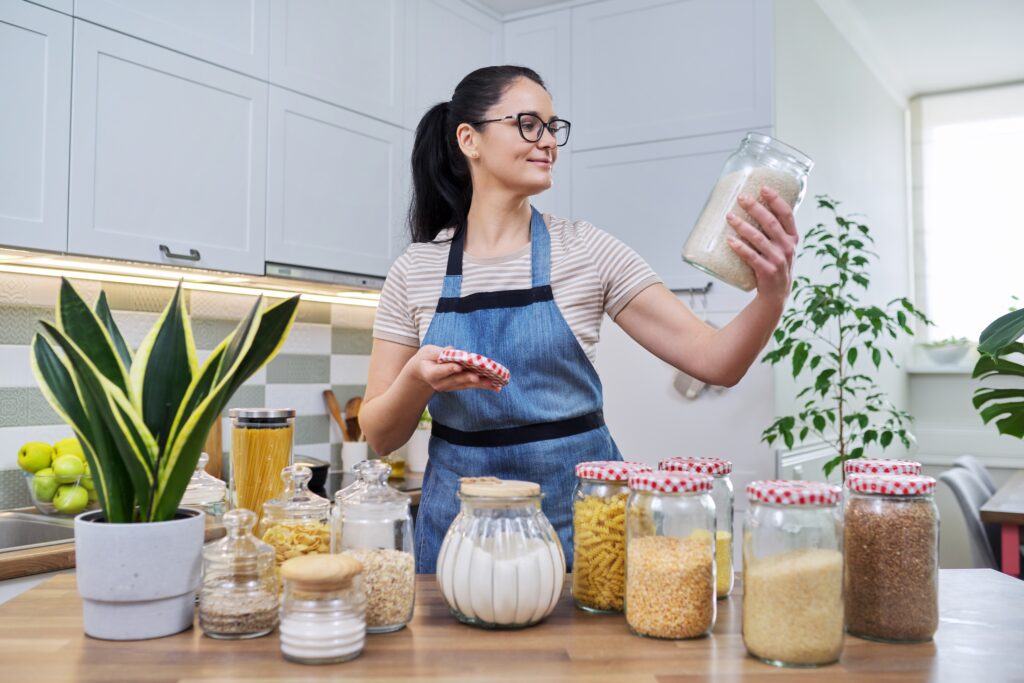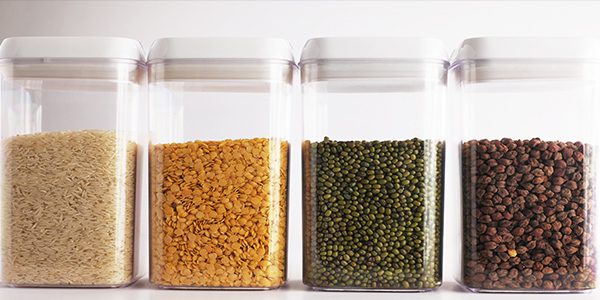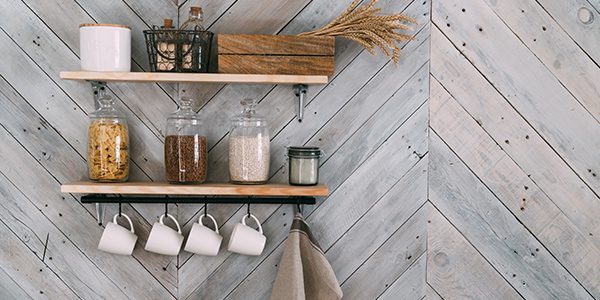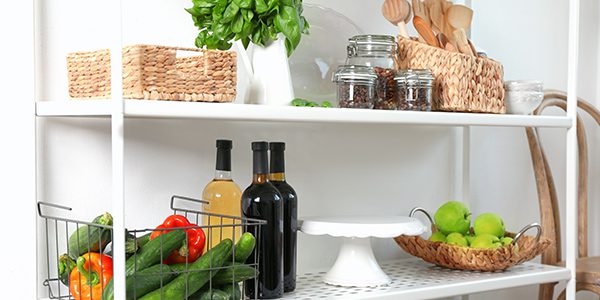Tips for Organizing Your Pantry
Organizing Your Pantry
The average American now throws out about 325 pounds of food each year, with a significant portion coming from inside the home. This food waste often results from buying more than you need and then forgetting about it in the back of your fridge or pantry. With food prices higher than ever, this wasted food now costs approximately $3,000 annually. This makes it more crucial than ever to organize your pantry effectively. By keeping your pantry well-organized, you can easily take inventory of your items, reduce food waste, and save money in these challenging times of rising food costs.
You can start cutting back on all this waste by organizing your pantry. An organized pantry ensures that you can see and take inventory of all items, reducing your food waste and saving you money.
Take Everything Out
The first step to organizing your pantry is to take everything out of it. Go through everything and look for expiration dates, items you can consolidate, and things you’ll never eat. If something is expired, dump it out and recycle the container. For non-perishables you know you’ll never eat, place them in a box and donate them to a local shelter or food bank.
Line the Shelves
Before putting your items back in the pantry, line your pantry shelves with a vinyl, adhesive shelf liner. The vinyl liner will make it easy to clean up any spills that may happen in your pantry.
Consolidate Staple Items
Once you’ve gone through everything in your pantry, look for all of your staple items like flour, sugar, rice, etc. and transfer them all into clear containers. There are a few reasons why you should consolidate these items. For one, designating one container for each helps save space and avoids duplicate items. It also helps you keep track of your staple items and see when they are getting low and need to be restocked. Plus, clear containers help keep the food fresh and ready to go. By consolidating items, you’ll use less space and as a result, already be well on your way to a more organized pantry.
Group Like Items
Next, you’ll want to group like items and place them into bins with labels. For example, things like pancake mix and syrup would go into their own bin labeled “breakfast items.” Make bins for things like snacks, soup, canned vegetables, or any other group of food items you typically keep in your pantry. When grouping items into categories, make a kid-friendly bin that can be stored in your pantry. Place this bin somewhere easily accessible so that your kids can find what they need without digging through the pantry and causing disorganization.
Invest in Tiered Shelving
To avoid losing cans and boxes in the back of your pantry, invest in tiered shelves. These shelves display your items and show everything on the shelf. These shelves are generally pretty affordable and will ultimately save you money by ensuring that you don’t forget about food that sits all the way in the back of the pantry.
Utilize Wall Space
If you are lucky enough to have unused wall space in your pantry, take advantage of it. Place additional shelving on your walls to hold things like aluminum foil, plastic wrap, and Ziploc bags. If you don’t have room for shelves, consider installing command hooks to hold your reusable grocery bags or other light items. Fewer items sitting on your pantry shelves will make it seem much more organized.
Use the Back of the Pantry Door
If your pantry has a door, utilize the back of it for storage. For quick snacks, you can use an over-the-door shoe organizer to place things like granola bars. If you want something a little larger, you can purchase over-the-door shelving that can be used for bigger, heavier items.
Maintain Your Pantry
The final and most important step is to continue to maintain your newly organized pantry. Create or print out your own pantry inventory and update it weekly or biweekly. Constantly taking note of your pantry items ensures that you know what is in your pantry and how long it has been there. Spend 30 minutes at the end of each month reorganizing bins or shelves that may have gotten a little messy.
Once you’ve accomplished all these steps, you’ll have a beautifully organized pantry. Not only will it look nice, but you’ll cut down on food waste. Plus, you’ll cut down on buying items you don’t need at the grocery store. For more tips on organizing, moving and storage, and enjoying your home, sign up for our monthly blog newsletter.
Concluding Thoughts: Enhancing Pantry Organization with Guardian Storage
Organizing your pantry is an excellent way to reduce food waste, save money, and streamline your kitchen. By taking inventory, consolidating items, and keeping your shelves lined, you create an efficient space that helps you manage your food resources better.
For those looking to further optimize their pantry organization, Guardian Storage offers practical solutions. With self storage units, you can free up valuable space in your kitchen by storing bulk purchases, seasonal items, or extra pantry supplies. This approach allows you to maintain a clutter-free kitchen while benefiting from the convenience of having additional storage available.
Self storage can also be useful for keeping items that are used infrequently, such as holiday ingredients or special occasion supplies. By using a self storage unit, you ensure that these items are safely stored and easily accessible when needed, helping you keep your pantry organized and your kitchen space efficient.
By integrating self storage solutions from Guardian Storage with your pantry organization strategy, you can achieve a more streamlined and effective approach to managing your food and kitchen supplies. This combination not only helps you reduce waste and save money but also ensures that your kitchen remains a well-organized and functional space.








